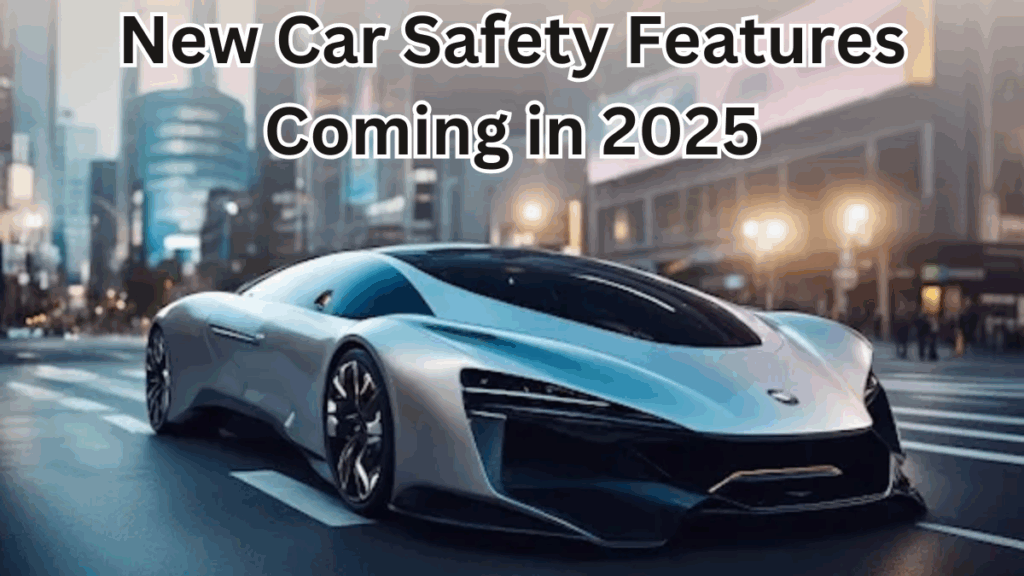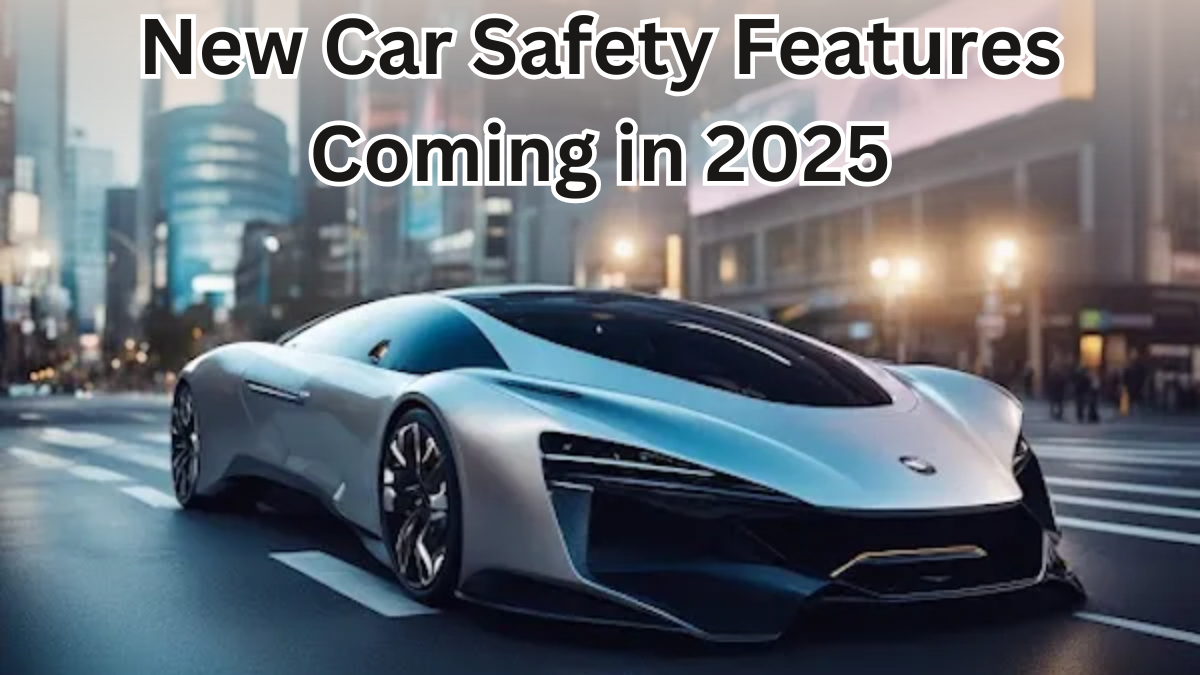As we head into 2025, car manufacturers are pulling out all the stops to make our roads safer than ever before. From smarter sensors to intuitive driving assistance systems, the new car safety features 2025 promises are not just futuristic—they’re already becoming reality.
In this article, we’ll walk you through the most exciting car tech safety upgrades coming soon, what they mean for everyday drivers, and how advanced driver assist technology is changing the game.

What’s New in Car Safety for 2025?
Let’s start by breaking down the major innovations hitting the market. 2025 is expected to be a breakthrough year for in-vehicle technology. These features are designed to prevent accidents, minimize injuries, and improve overall road awareness.
Top New Car Safety Features to Expect:
-
360-Degree Camera Systems
Get a bird’s-eye view around your car while parking or maneuvering in tight spaces. -
Driver Monitoring Systems (DMS)
Using infrared cameras and AI, your vehicle can detect if you’re drowsy or distracted—and alert you before it’s too late. -
Vehicle-to-Everything (V2X) Communication
Cars will start “talking” to each other and to road infrastructure, reducing the chance of collisions. -
Advanced Driver Assist Improvements
From lane keeping to adaptive cruise control, advanced driver assist systems are becoming more intelligent and predictive. -
Automatic Emergency Steering
A step up from emergency braking, your car can now steer around obstacles if needed.
Comparison Table: 2024 vs. 2025 Car Safety Features
| Safety Feature | 2024 Model Year | 2025 Model Year (Expected) |
|---|---|---|
| Adaptive Cruise Control | Standard in luxury models | Standard in most mid-range models |
| Lane Keeping Assist | Often optional | Enhanced with AI prediction |
| Blind Spot Detection | Camera-based alerts | Integrated with steering response |
| Driver Monitoring System | Limited to high-end cars | Widely available across models |
| V2X Communication | Not available | Rolling out in select smart cities |
| Emergency Steering Assist | Not available | Available in newer models |
Why Advanced Driver Assist Is a Big Deal
The push toward advanced driver assist technologies means you won’t just rely on your reflexes or mirrors anymore. These systems are like a second pair of eyes—ones that don’t blink or get distracted.
Benefits You’ll Notice:
-
Fewer near-misses during lane changes
-
Reduced driver fatigue on long drives
-
Faster reactions to road hazards
-
Extra peace of mind during night driving
Car Tech Safety Isn’t Just for the Elite
A great piece of news? Car tech safety is becoming more affordable. Features that were once exclusive to high-end models are now being integrated into mid-range and even entry-level vehicles.
You can now expect features like:
-
Pedestrian detection
-
Smart braking systems
-
Cross-traffic alerts
All included as standard equipment in many 2025 car models.
Final Thoughts
The new car safety features 2025 will usher in a new era of driving confidence. Whether you’re commuting to work or heading out for a road trip, these cutting-edge systems are here to protect not just you—but everyone around you.
So, next time you’re car shopping, look out for vehicles packed with advanced driver assist and car tech safety upgrades. Your future self will thank you.
FAQs
1. Will these new features make cars more expensive?
While new tech often adds to the cost, many features—especially advanced driver assist systems—are becoming standard, meaning you get more value without a steep price jump.
2. Do I need to do anything to activate these features?
Most systems come pre-configured but may need to be toggled on via your car’s infotainment system. Always check your vehicle’s user manual.
3. Can older vehicles be retrofitted with 2025 car safety tech?
Some basic features (like backup cameras or dash cams) can be added aftermarket, but most car tech safety features require built-in sensors and wiring only available in newer models.
4. Are these systems reliable in bad weather?
Manufacturers are constantly improving performance in rain, snow, and fog. Still, it’s best to always drive cautiously, even with these technologies in place.
Click here to learn more
